This year, I got to visit the beautiful village of Jharkot, Nepal for a photoshoot. The town is located nearby Muktinath, a popular destination for pilgrims looking to cleanse their souls in the holy water. But most people skip over Jharkot. I’m guilty of this, even though I walked past in 2017. I had no idea the charm and beauty this village had to offer. It’s old buildings, winding alley ways, and lovely people make it a must visit when on the Annapurna Circuit or Mustang Treks.
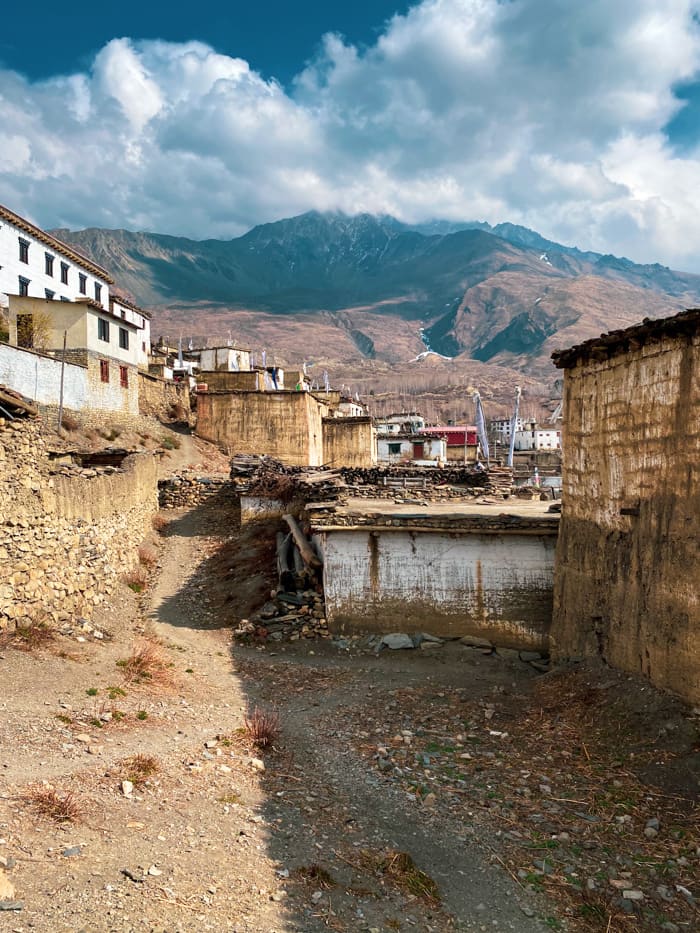
Brief History of Jharkot, Nepal
Jharkot isn’t just a beautiful village — it has a long and fascinating history. Back in the 17th century, it became an important place when the rulers of the Baragaon region, which included nearby villages like Kagbeni, Muktinath, and Jhong, chose Jharkot as their home. The Gunthang dynasty, originally from Jhong, made it their base and helped the village grow in power and influence.
At one point, Jharkot played a leading role in the Baragaon region, which was made up of twelve villages. It became a local center for leadership, culture, and healing. The village was especially known for its knowledge of Tibetan medicine — a sign of its deep ties to Tibetan traditions.
Sitting in the Muktinath Valley, just a short walk from the sacred temple, Jharkot also held religious significance. And with its location along old trade routes, it was once a natural stop for travelers, traders, and pilgrims. Today, it’s easy to miss if you’re heading straight to Muktinath — but if you slow down, you’ll find a village full of history and beauty.
Jharkot Village Guide
Major Ethnicity:
Tibetan
Major Religion:
Buddhism
Language:
Tibetan & Nepali
Jharkot Altitude:
3,519 m (11,545 feet)
Oxygen Concentration:
66% compared to 100% at sea level
Best Time of Year to Visit:
It’s best to visit in the peak season around October or November as the skies are clear offering great views. It’s also a popular destination year round for religious pilgrims headed to Muktinath nearby.
Wild Animals in the Region:
The lower Mustang region around Jharkot is not only rich in culture and history but also home to some incredible wildlife. If you’re lucky, you might spot blue sheep (bharal) climbing effortlessly across rocky cliffs or catch a glimpse of a Himalayan tahr grazing on a hillside. The elusive snow leopard and rare musk deer also inhabit these high-altitude landscapes, along with wild creatures like the Tibetan argali, wild donkey (kiang), and gazelle. Bird lovers can look to the skies for golden eagles, Himalayan griffons, and the striking bearded vulture, or listen for the calls of pheasants and the seasonal migration of demoiselle cranes through the Kali Gandaki valley. This region, part of the Annapurna Conservation Area, is a hidden haven for wildlife — a place where nature quietly thrives alongside ancient villages.
Location:
Jharkot is located in the Mustang District of Nepal, in the north-central part of the country. It sits at an altitude of about 3,500 meters (11,500 feet) above sea level, nestled in the Muktinath Valley. The village lies between the pilgrimage site of Muktinath and the larger settlement of Kagbeni, along a popular route of the Annapurna Circuit and Upper Mustang treks.
Entry Permit:
Gosaikunda requires a Annapurna Conservation Area Permit which costs 3,000 rupees (about $26). This permit can be purchased in advance at the Nepal Tourism Board office in Kathmandu or Pokhara.
NTC or Ncell service:
There is some NTC and Ncell service in the village depending on where you are standing. I was able to do a video call from one area while I couldn’t even send a text from other areas.
What to Eat in Jharkot
In the Lower Mustang region of Nepal, the food is simple, hearty, and deeply tied to the land. One of the most popular meals is the Thakali khana set, a traditional plate that usually includes rice or dhido (a thick porridge made from buckwheat or millet), lentil soup, vegetables, pickles, and sometimes meat or a fried egg. It’s warm, filling, and perfect after a long day of trekking.
Buckwheat is commonly grown in Mustang, so you’ll often find buckwheat pancakes, known locally as fapar ko roti. These are slightly nutty in flavor and usually served with homemade pickles or honey. Another local favorite is tsampa, roasted barley flour mixed with tea or water, often eaten for breakfast.
You’ll also notice a strong Tibetan influence in the food. Dishes like thukpa (noodle soup) and momos (dumplings) are widely available and especially comforting in the cold mountain air. Butter tea, made with yak butter and salt, is another traditional drink that helps keep you warm and hydrated at high altitudes.
Things to do in Jharkot, Nepal
Jharkot may be a small village, but there’s plenty to see and experience both in and around it, especially if you’re drawn to history, culture, and nature. One of the highlights of Jharkot is its 500-year-old monastery, the Jharkot Gompa. This red-brick Tibetan Buddhist monastery sits at the edge of the village and offers peaceful views over the Muktinath Valley. It’s still active and gives a glimpse into traditional Buddhist life in the Himalayas.
Wandering through Jharkot itself is a treat—narrow stone paths wind between ancient mud-brick homes, prayer flags flutter above, and local families tend to their daily routines. It’s a great place to slow down and observe village life that hasn’t changed much in generations.
For short hikes, you can follow the trail up to Muktinath, one of Nepal’s most sacred pilgrimage sites, which is just a 30–45 minute walk uphill from Jharkot. The route offers beautiful views of the valley and nearby snow-capped peaks. You can also continue past Muktinath to visit the village of Ranipauwa or hike toward the Thorong La trail if you’re more adventurous.
Another great option is the walk down to Kagbeni, which takes about 2–3 hours. This trail winds through stunning Himalayan desert landscapes with dramatic cliffs and sweeping views of the Kali Gandaki River below. Kagbeni itself is a fascinating old trading town with its own monastery and maze-like alleys.
Jharkot Lodges & Teahouses
Types of accommodation:
Basic teahouses and lodges.
Number of accommodations:
There are only a few teahouses or lodges in town. I believe in total there are less than 5.
Our choice:
We stayed at Himali Hotel-Heritage House which offers a unique and grounded experience in a beautifully restored traditional home. With its thick stone walls and wooden beams, the house reflects the heritage of Jharkot while offering simple comforts in a peaceful setting.
It’s a modest and welcoming place to stay, with basic amenities like a western toilet, hot showers, electricity, and Wi-Fi. The owners are genuinely kind and helpful, and the home-cooked food—made with local ingredients—is both nourishing and delicious. It’s an ideal spot for travelers looking to slow down, enjoy village life, and explore the surrounding area.
Electricity:
Yes, there is electricity in the town but it does cut out from time to time. During our stay, it went off several times in a few days.
Toilet Situation:
There are western toilets available.
Shower:
Showers were available and there was hot water.
Wifi:
Wifi was available as long as the electricity was working.
Jharkot, Nepal Photography
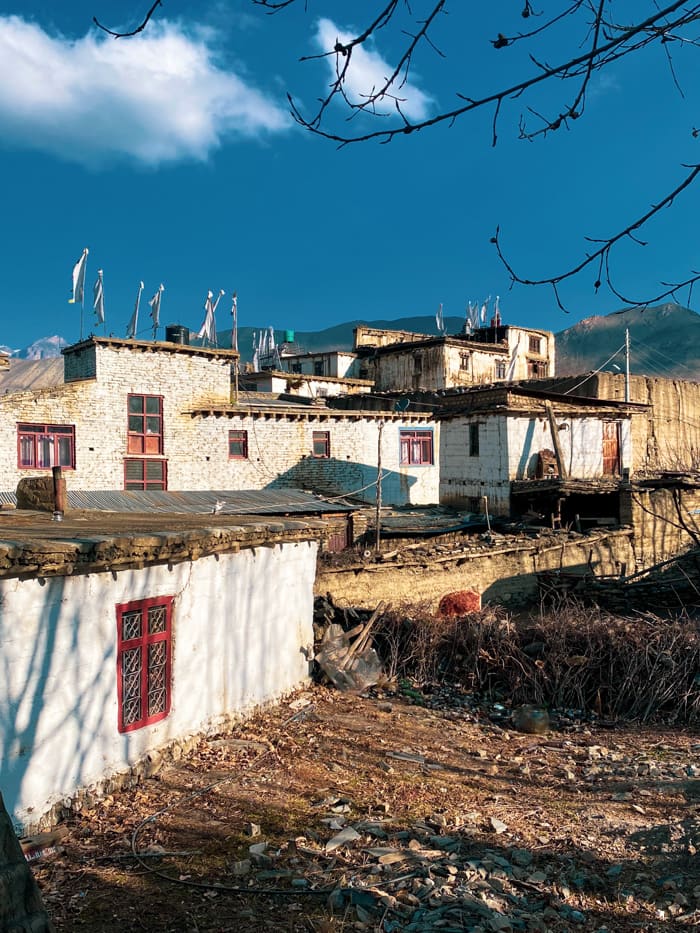
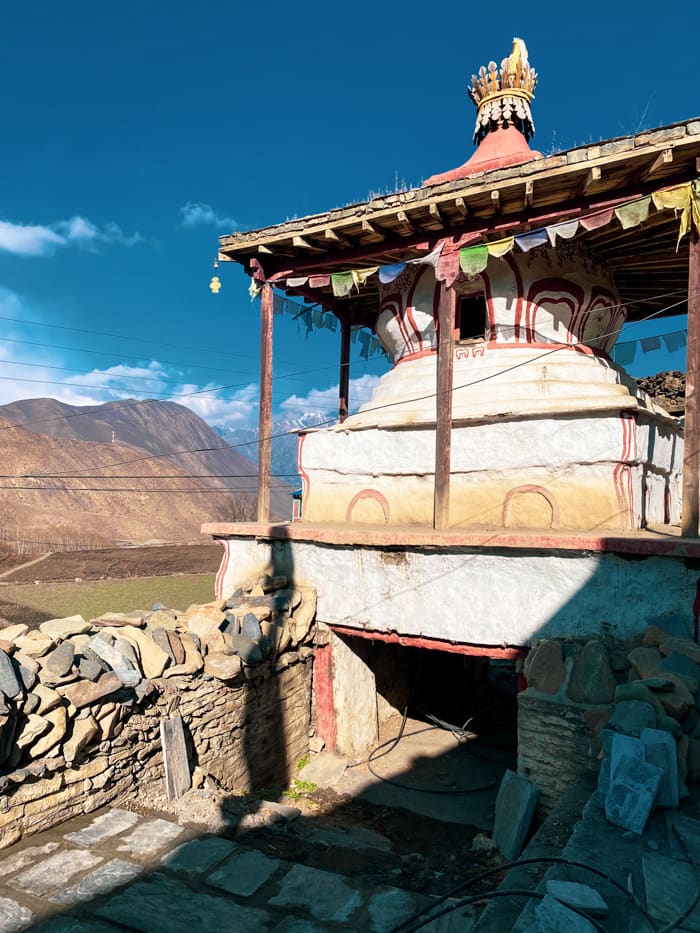
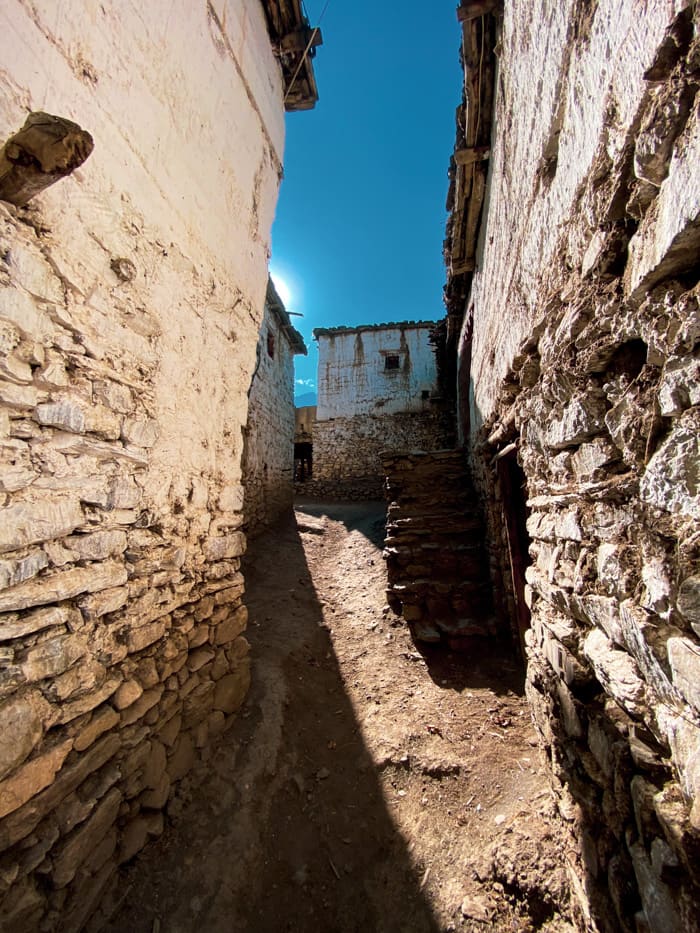
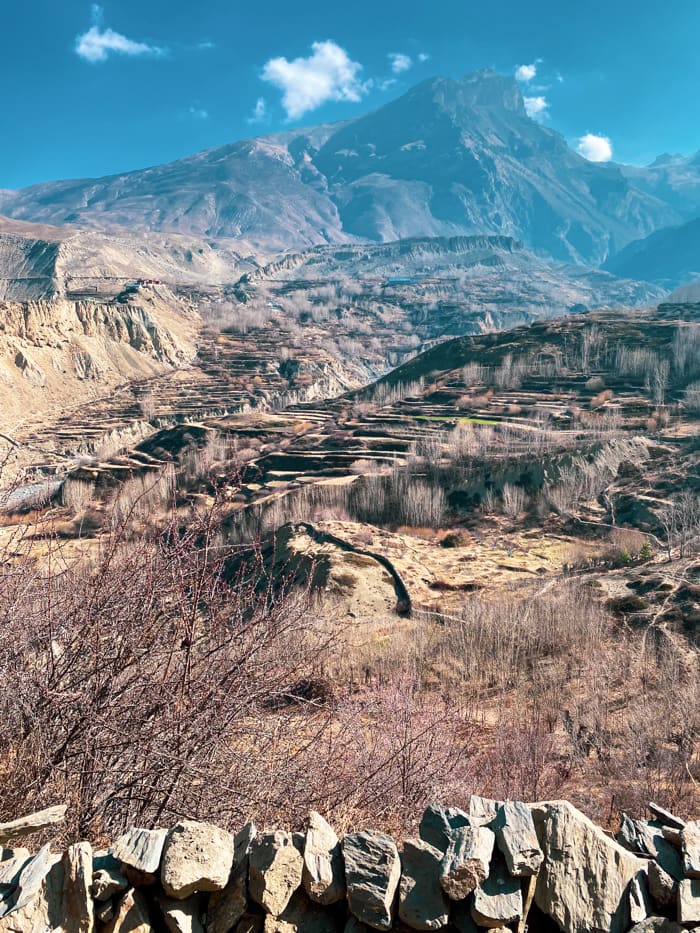


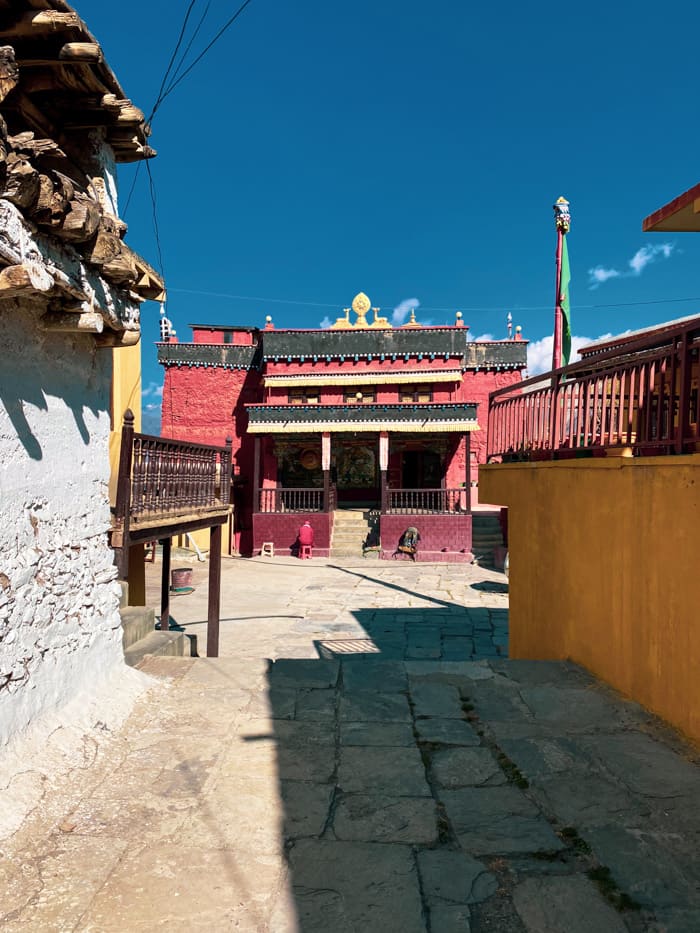
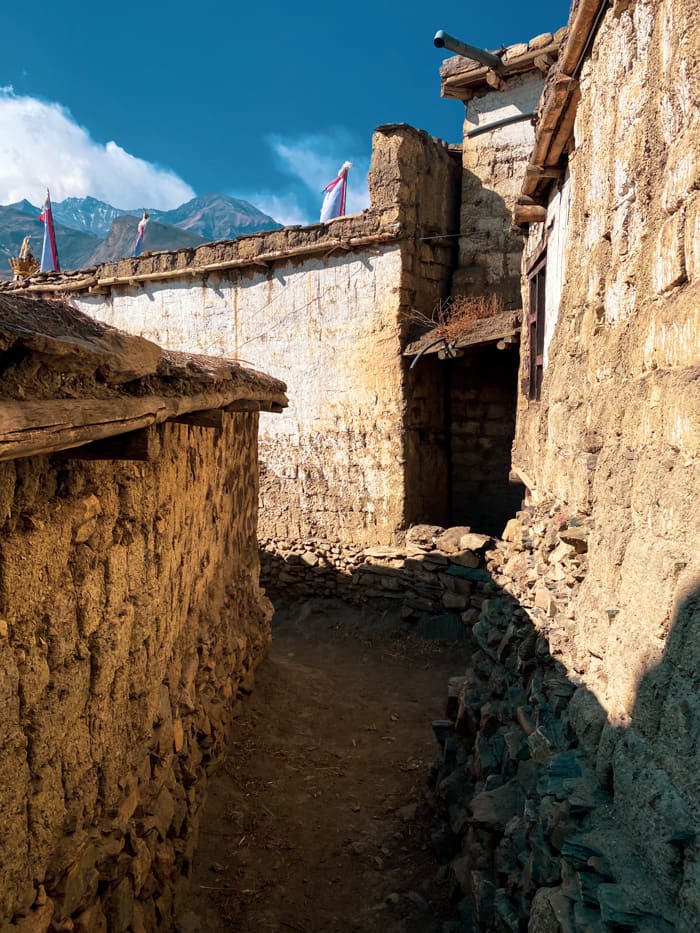
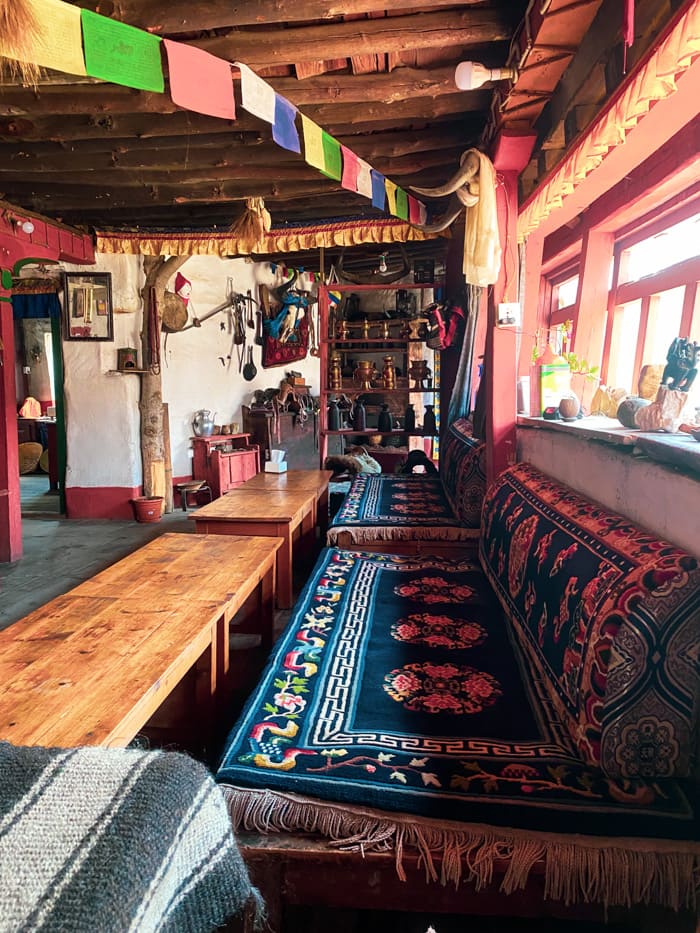
You might also like…
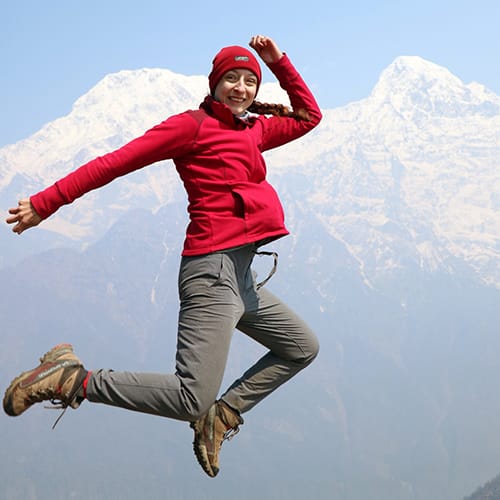
Michelle Della Giovanna
Writer at Full Time Explorer
I’m just your average New Yorker who quit her job in the fashion industry to explore the world. Come find out what it’s like to trade in five-inch heels for squat toilets.
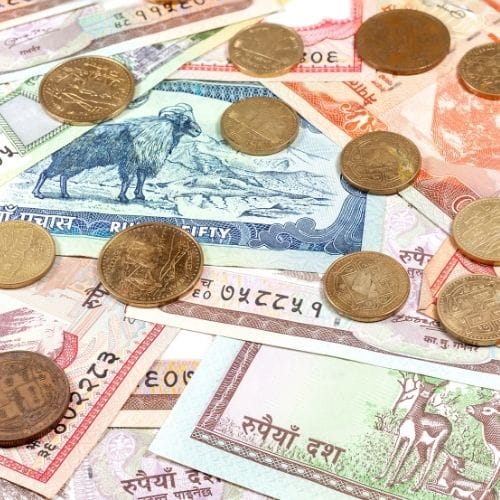


Leave a Reply